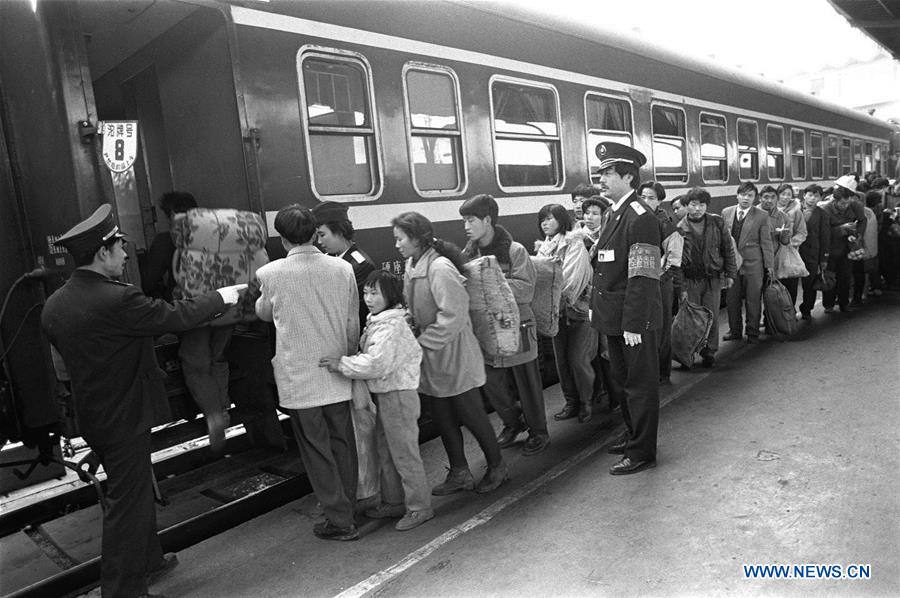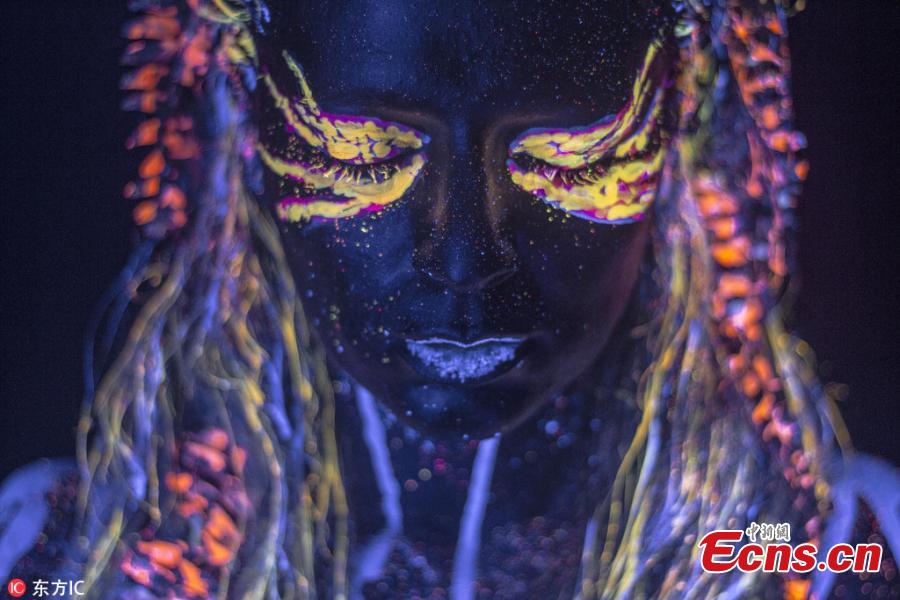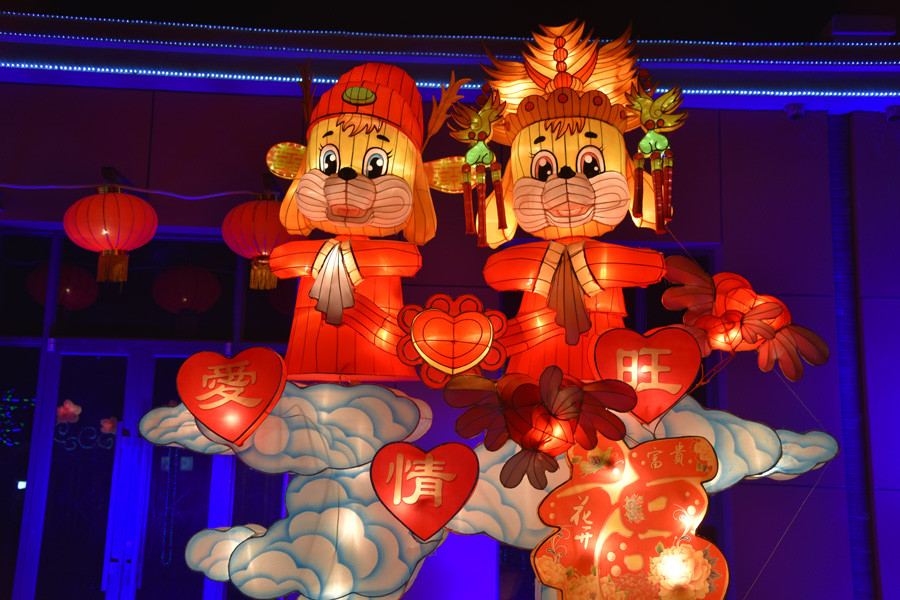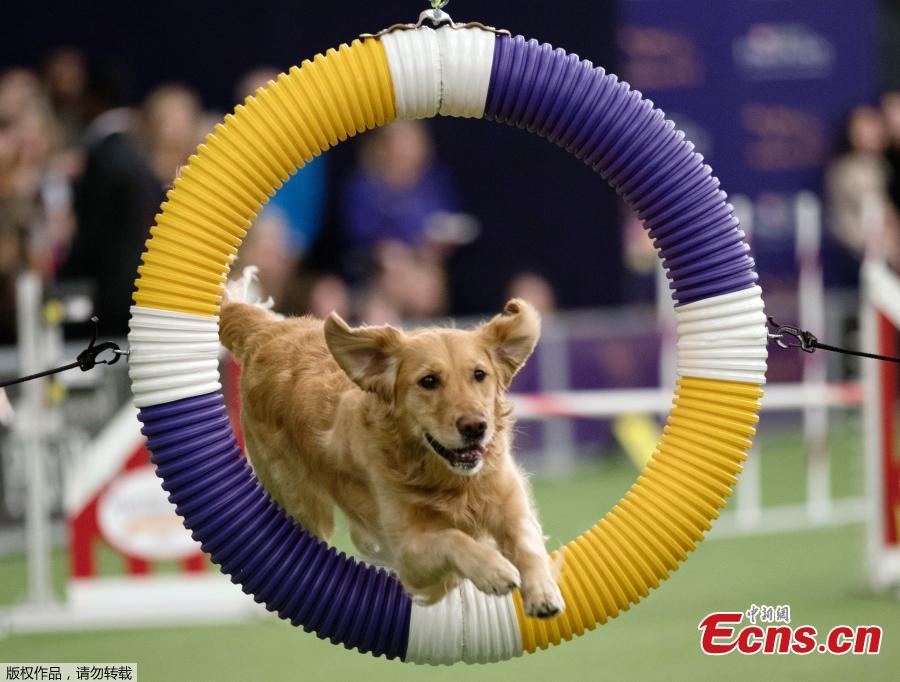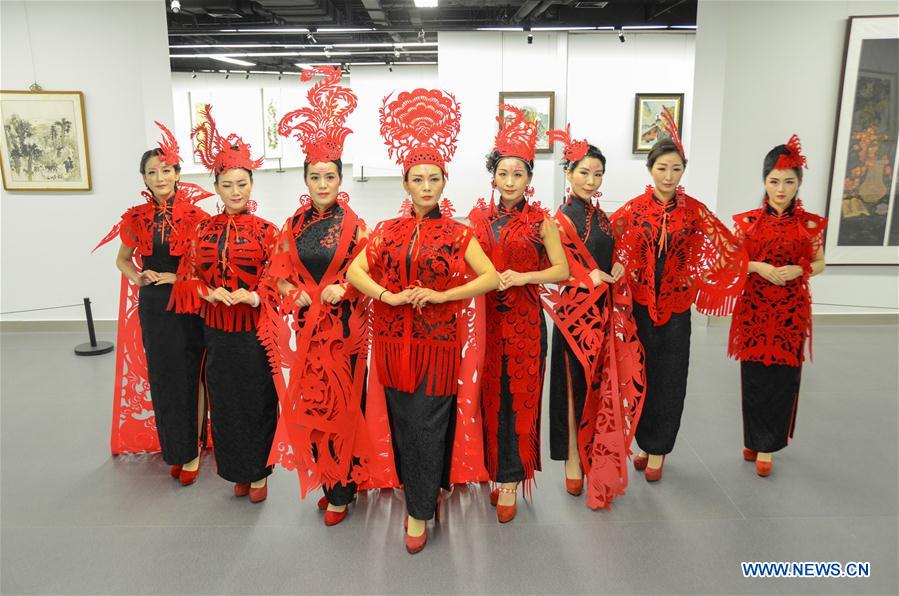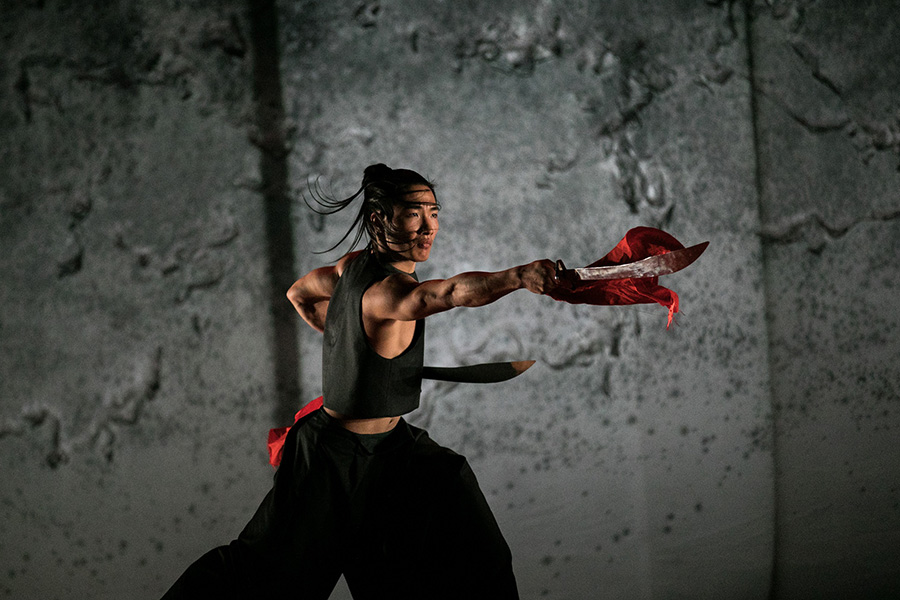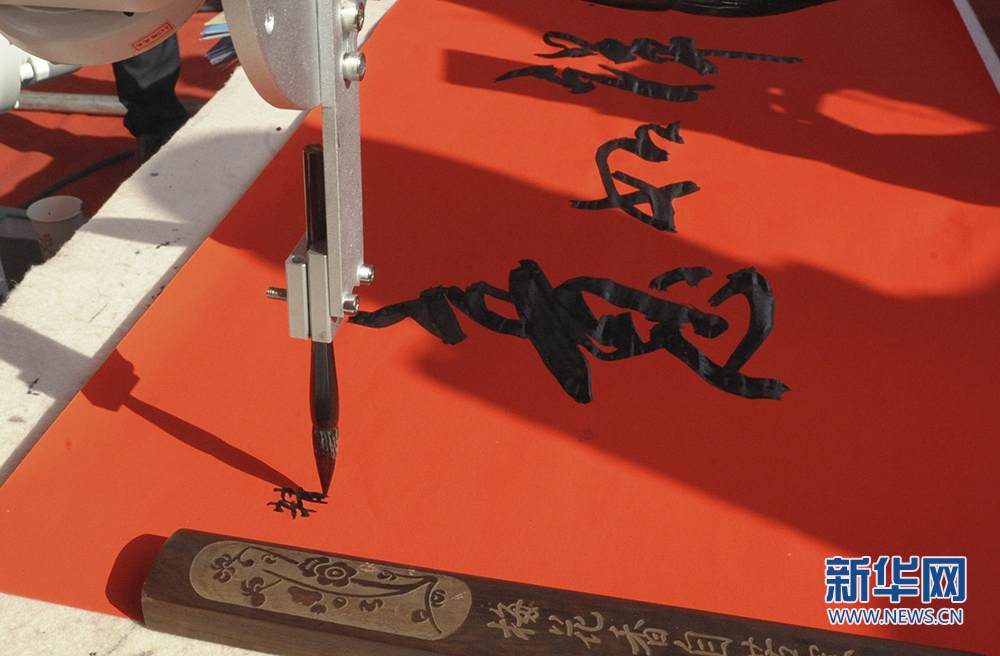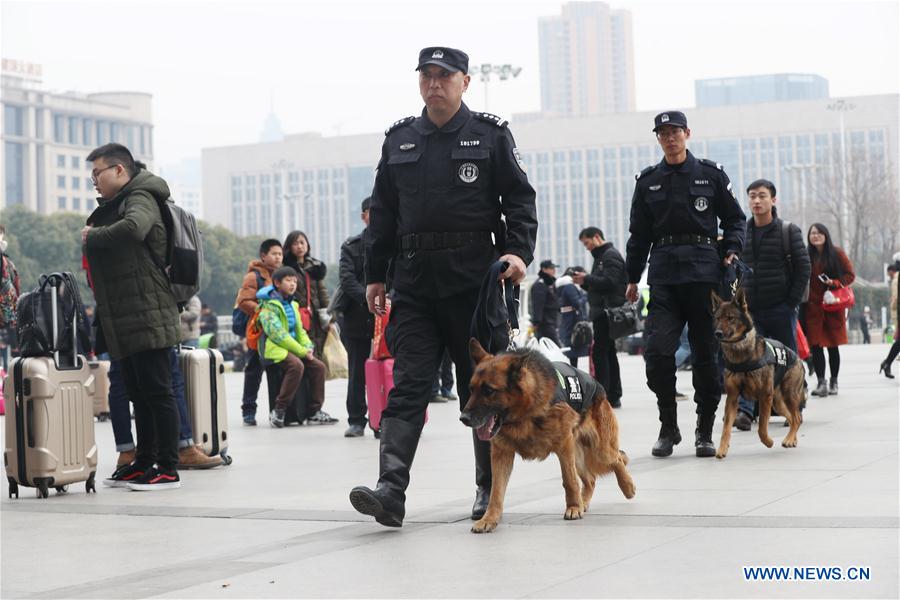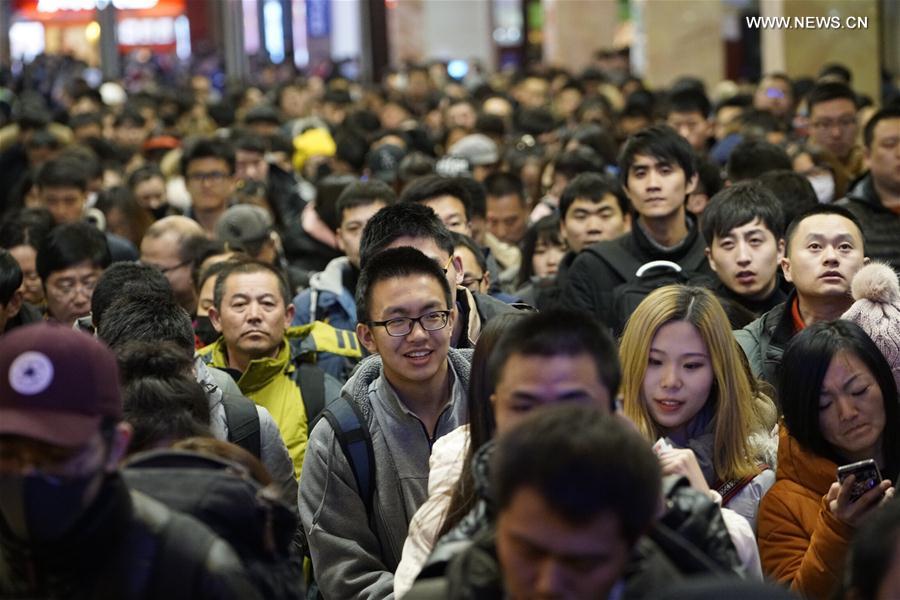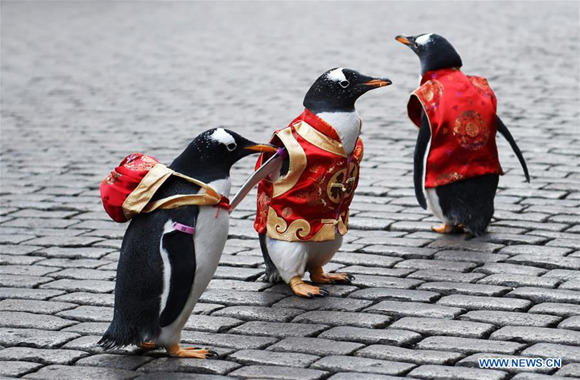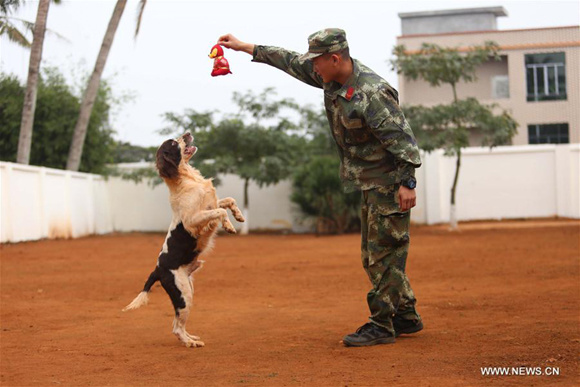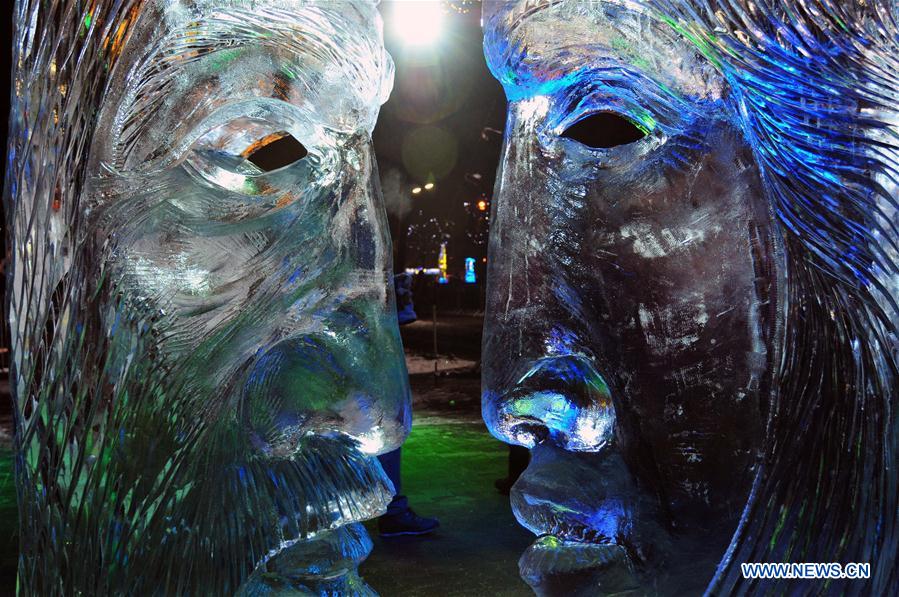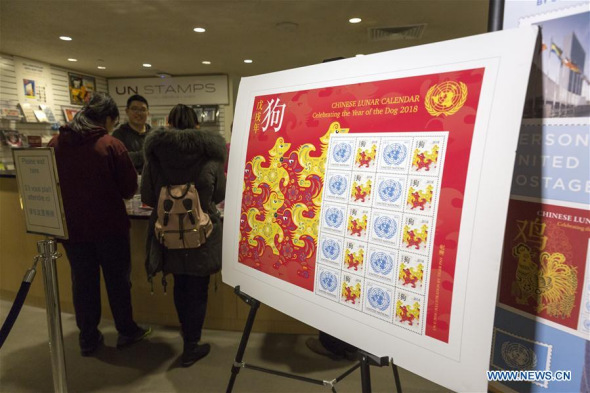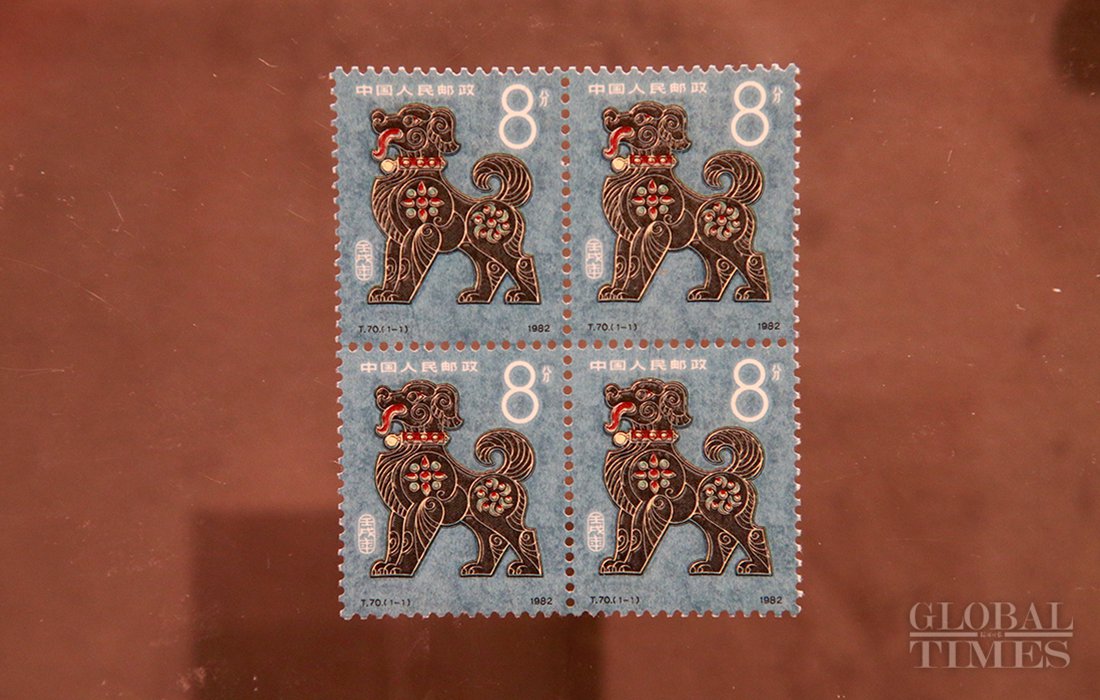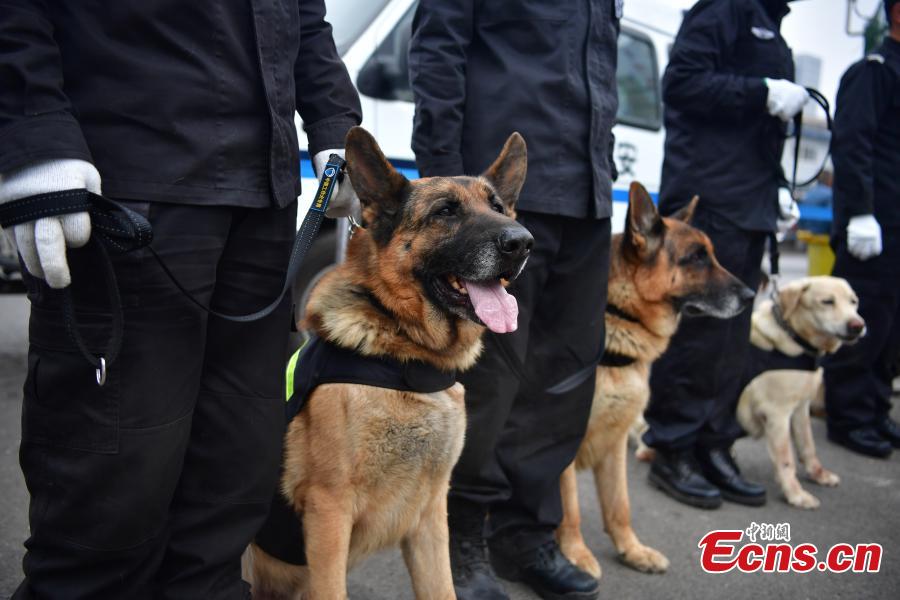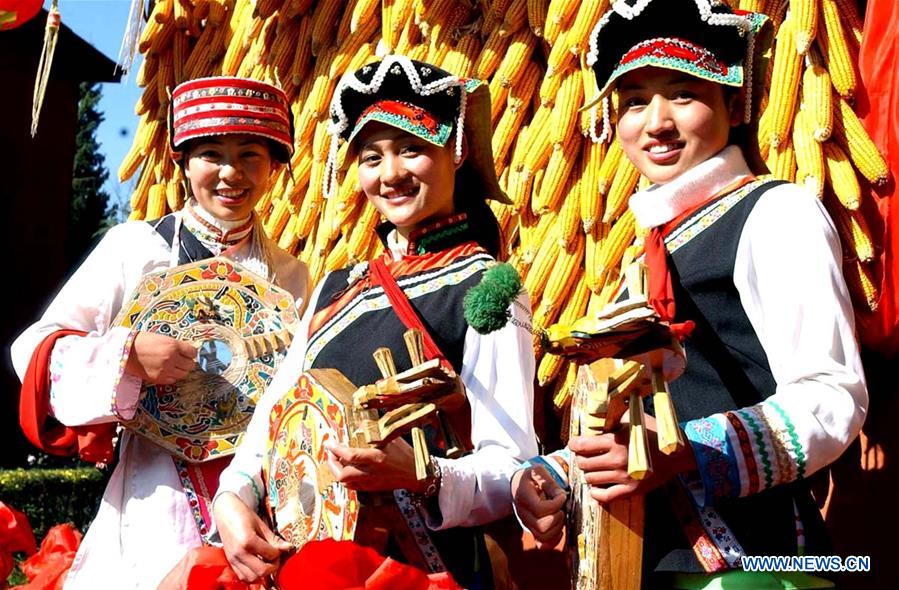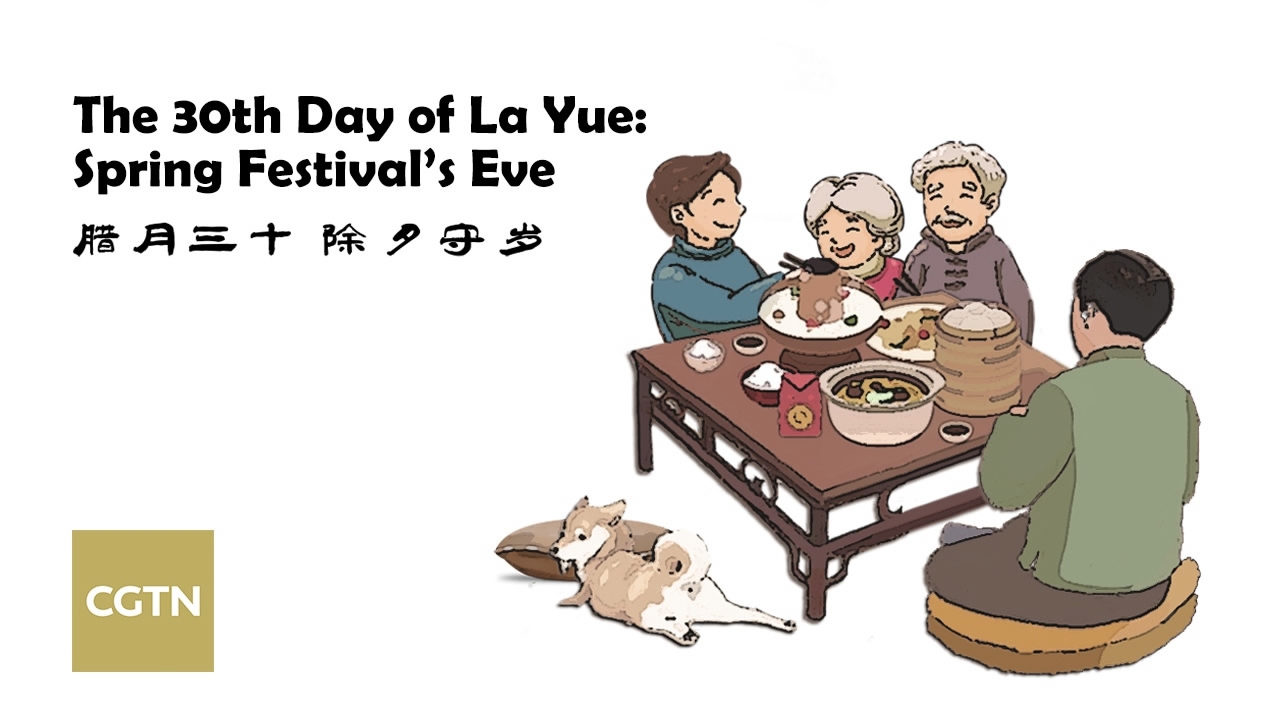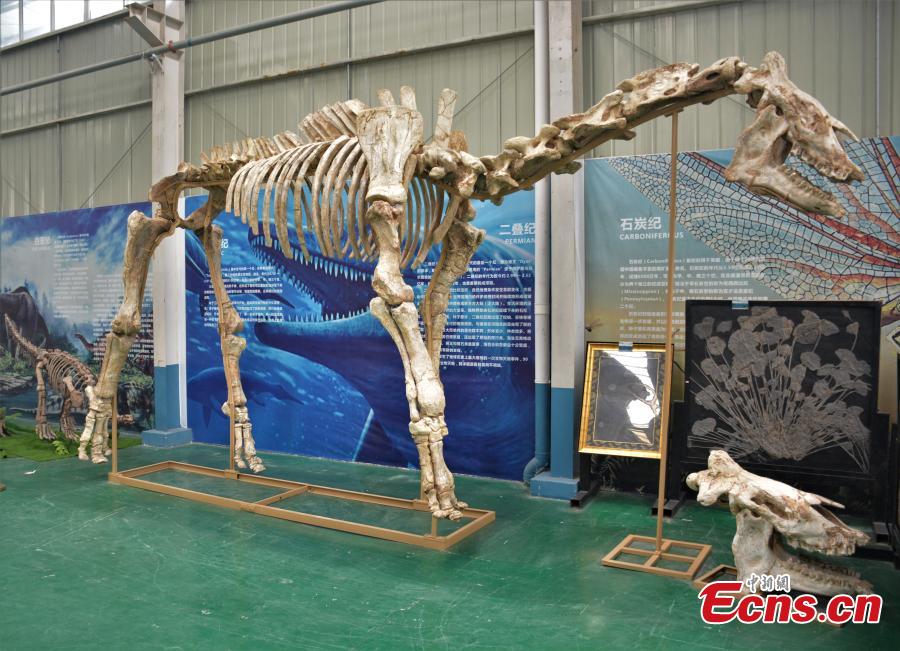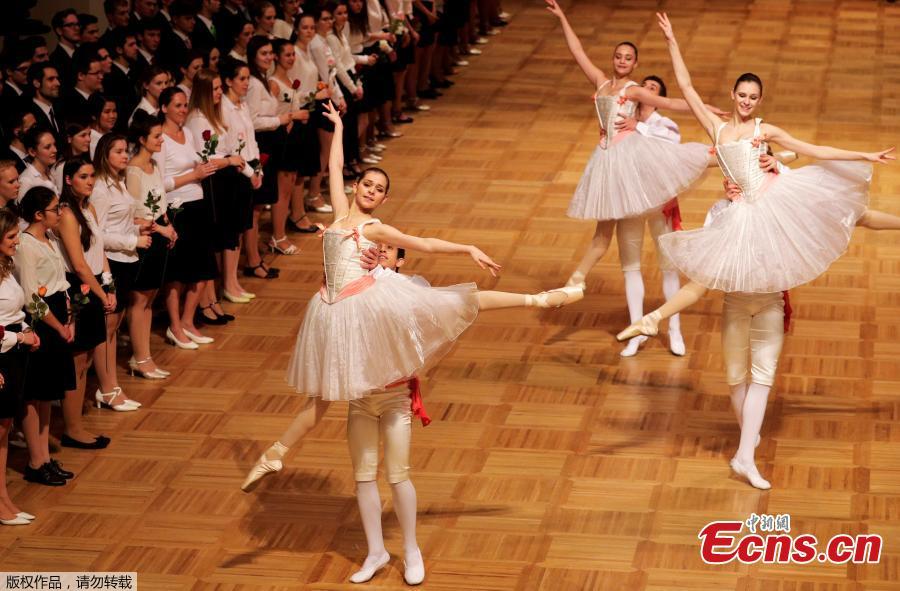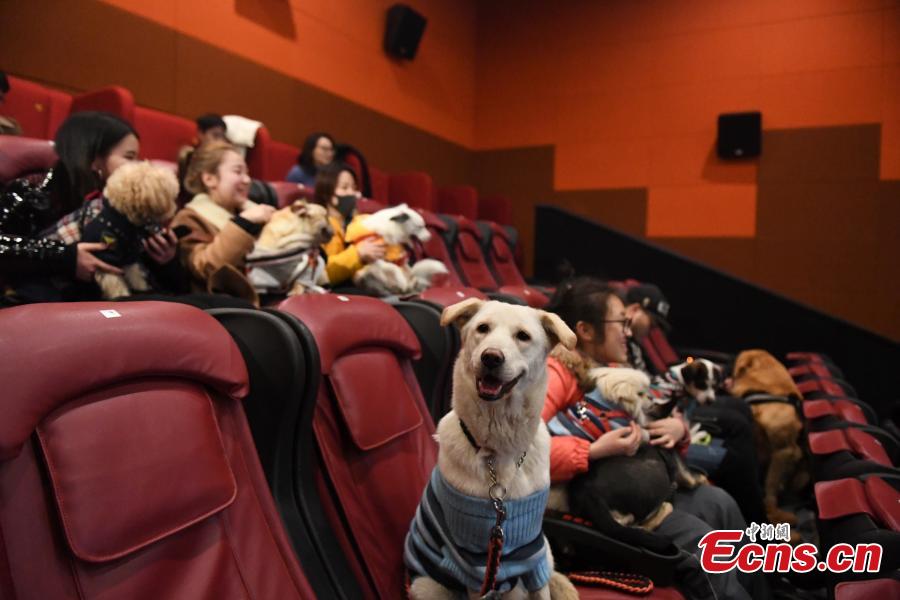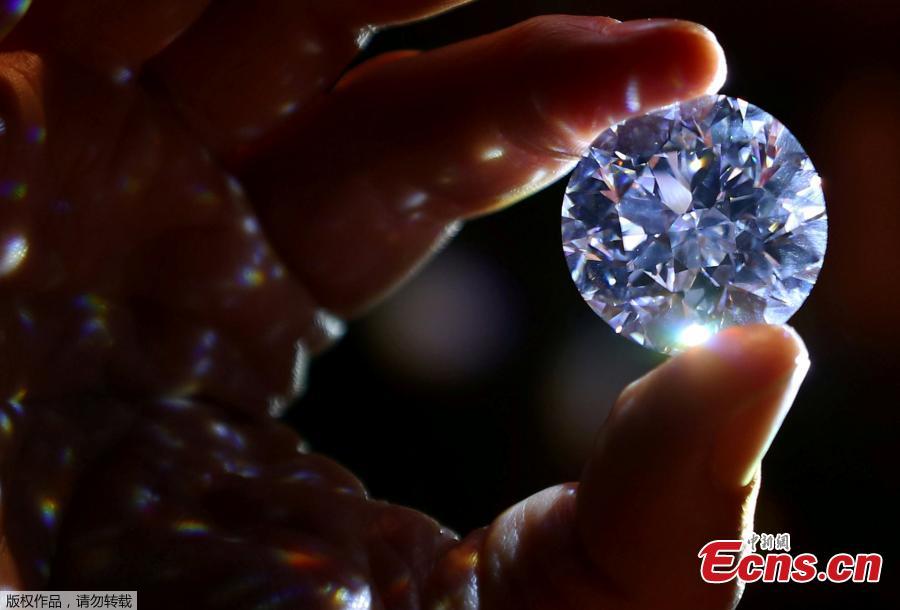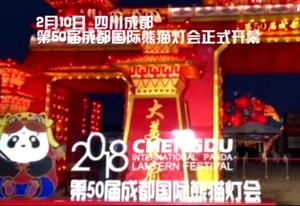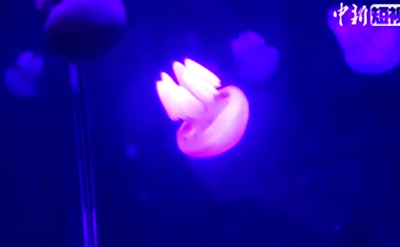It's an emoji ecosystem all right.
So much so that WeChat now has an emoji store where artists, either individually or in groups, can upload their work and make money.
WeChat officials told China Daily there are around 23,000 sets on its emoji store. Most of them are free. Only seven sets were added to the category of paid emojis (around 6 yuan or-$95 cents-per set) last year.
"The most important change in my life is I can now earn some extra money by drawing some emojis," said Zhang. Users "appreciate" his emojis on the Wechat emoji store by offering tips.
According to WeChat, more than 690,000 users tipped emoji artists in 2017, parting with nearly 14 million yuan in all, up 13 percent year-on-year.
Encouraging by the evolving business, other media players are jumping on the emoji bandwagon.
For instance, Vision News, a department of the new media center of China Daily, has published an emoji called Dao Jun or Dao Knowhow, a teal-hued dolphin-like imaginary creature, on the WeChat emoji store.
"This image is now used in some of our comics. We want to take advantage of this lovely image to create some amusing visual news products," said Wang Xiaoying, head of Vision News.
Cheng Yanbo, an independent game analyst, said: "In the internet era, users have short attention spans. They don't pay attention to one emoji for a long time. So, emoji painters need to keep innovating and creating new ones.
"In this sense, IP will increase the visibility of emojis, both online and offline, besides expanding their longevity as well as revenue."
From a business point of view, the growing Chinese emoji segment is not very different from Japan's cartoon industry where emojis first emerged in the 1990s as a way for people to quickly communicate through visual information.
Back then, Japan created an array of world-famous cartoon figures such as Kumamon and Poinko. Similarly, Chinese emojis now integrate some special Chinese cultural elements.
For example, Zhang's most popular emoji series was inspired by The Journey to the West, one of China's "Four Great Classic Novels". The emoji's central character is based on the character of Sun Wukong, or the Monkey King, and Xuan Zang, a monk in the same novel.
In one image of the emoji, the Monkey King is seen flying up into the sky, reflecting Chinese millennials' new-found confidence, self-esteem and pride.
Another emoji that stands out and has become popular is the Eighth Route Army series, an army led by the Communist Party of China during the 1930s and 1940s war with Japan.
"The reason why I developed this series is because personally I like watching TV series of similar history and I believe that history should never ever be forgotten. I think it (emoji image) will strike a chord among Chinese people," said Zhang.
Asked about the future, Zhang said laughing out loudly: "Of course, I want to create an emoji that can not only top the global popularity charts but also make me a multi-millionaire, if not a billionaire."










